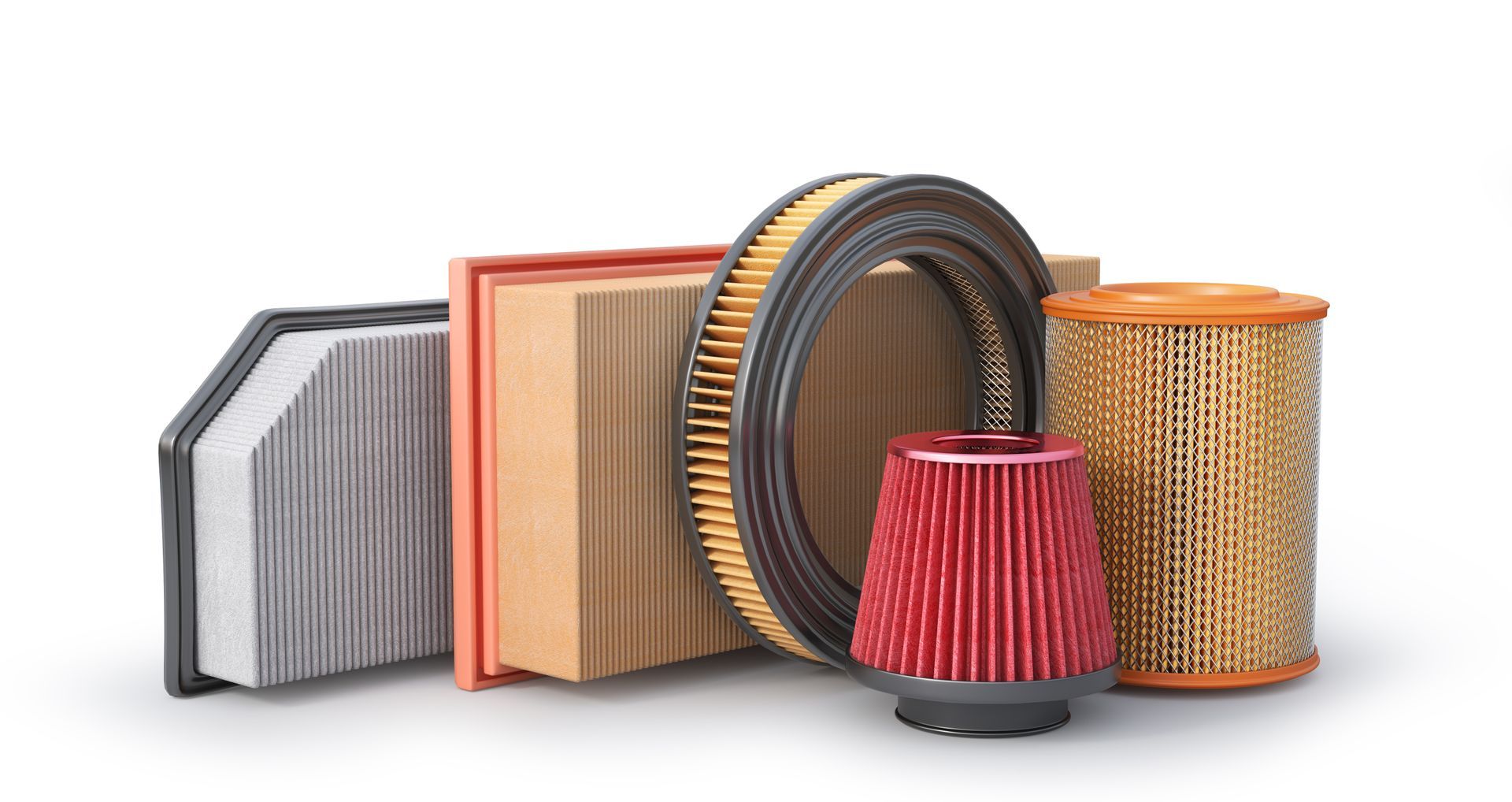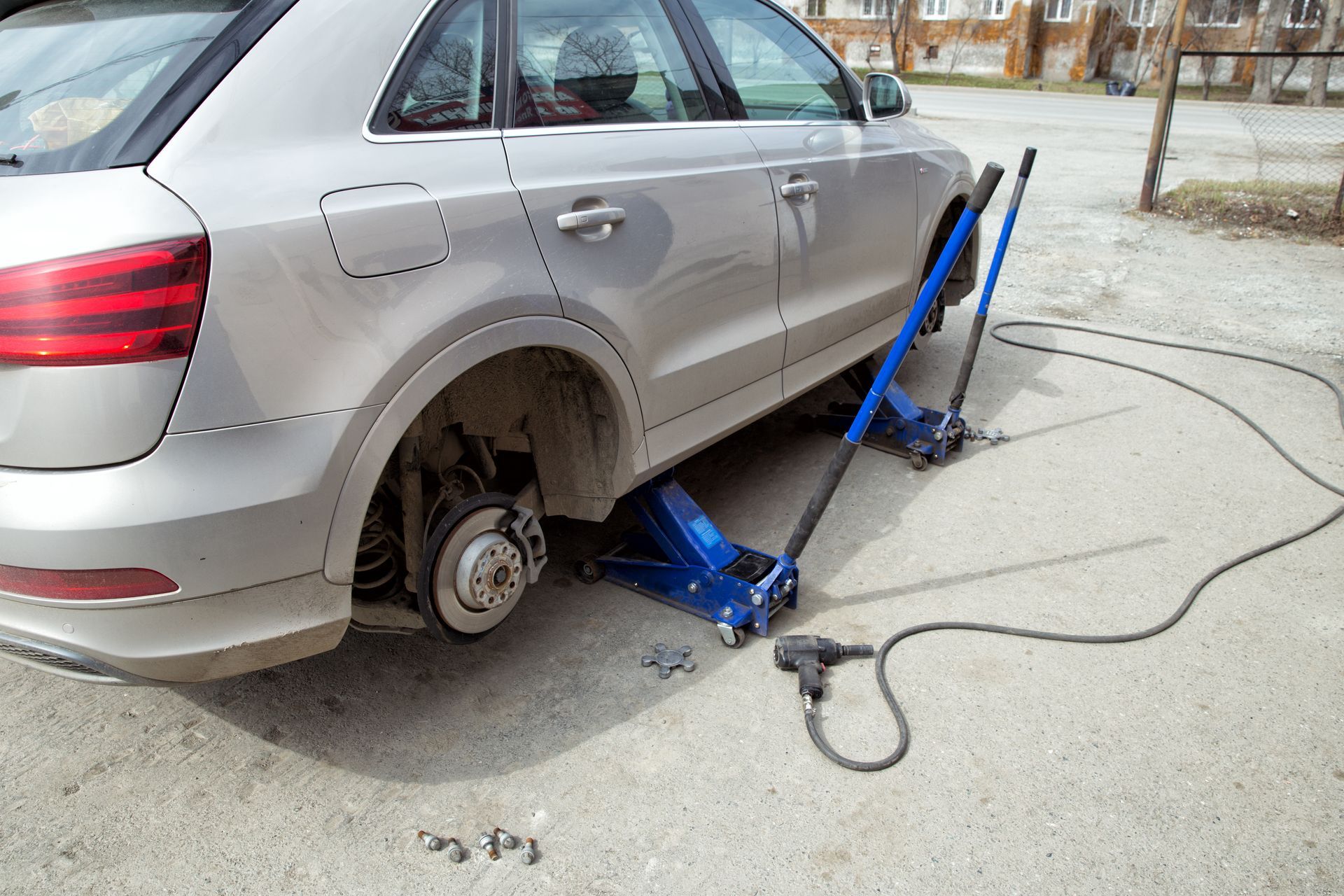That slow, steady creak when you roll over a speed bump isn’t just annoying—it’s your car’s way of telling you something’s worn, loose, or in need of attention. Creaking sounds from underneath the car during low-speed bumps or turns are signs that your suspension or steering components are starting to show their age.
In most cases, it’s not an emergency—but it’s not something to ignore either. Here’s what might be behind that unsettling noise and what can be done about it.
Worn Suspension Bushings
One of the most common culprits for creaks and groans is worn suspension bushings. These are small rubber or polyurethane components that cushion metal joints and absorb road shock. Over time, they can dry out, crack, or simply lose their elasticity.
When that happens, metal parts like control arms and sway bars start to flex and shift with less insulation, creating squeaks and creaks—especially noticeable when the suspension compresses going over a bump.
Bushings don’t typically fail all at once. They wear gradually, which is why the noise may seem to come and go before it becomes constant.
Dry or Failing Ball Joints
Ball joints connect your car’s control arms to the steering knuckles and allow for smooth pivoting. If these joints lose lubrication or start to wear out, you’ll often hear creaking or popping sounds, especially when the wheels move up and down slowly—like over a speed bump or driveway curb.
In more advanced cases, you might also feel clunking or looseness in the steering. If a ball joint fails completely, it can affect your ability to control the car, so it’s definitely something to inspect early if creaking is coming from the front suspension.
Aging Strut Mounts or Shock Components
Your car’s struts and shocks don’t just absorb bumps—they also keep the suspension aligned and dampen vibrations. Each strut has a mount at the top, often with a bearing that allows it to rotate during turns.
When that strut mount wears out, it can creak or groan as the suspension compresses. The noise tends to be more pronounced when the vehicle is cold or when first hitting the road in the morning. If the shocks themselves are leaking or no longer effective, you might also notice bouncing after going over bumps.
Anti-Sway Bar Links
The anti-sway bar (or stabilizer bar) helps keep your car level during cornering and uneven terrain. It’s connected to the suspension by sway bar links, which contain small joints or bushings.
When these links wear out or loosen, they can make creaking or clunking noises over small road changes. The sway bar is under constant tension, so even slight wear can produce a noticeable sound.
Loose or Dry Steering Components
Your steering system shares space with your suspension and includes parts like tie rods, steering rack mounts, and the intermediate shaft. If any of these components are dry or worn, they may creak when the suspension shifts under load, especially during tight turns or bumps at low speed.
This type of creak might also be accompanied by a slight change in steering feel or increased play in the wheel.
Is It Dangerous
Not always—but it depends on what’s causing the creak. In many cases, it's simply a matter of aging components that still function but need lubrication or eventual replacement. However, if left unaddressed, some of these parts can fail, leading to handling issues, uneven tire wear, or more expensive repairs down the line.
That’s why catching suspension noise early and having it inspected is always a smart move.
Cruise Control – Suspension and Steering Services in Washington
If your car creaks every time you roll over a speed bump, it’s time to let the pros take a listen. At
Cruise Control in Tacoma, WA, we specialize in diagnosing suspension and steering noises with our mobile service, so you’re not left guessing—or driving around sounding like an old screen door.





